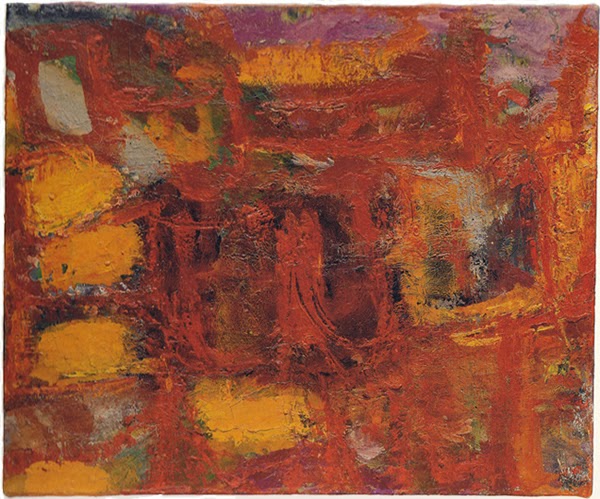Kris Kuksi
Kris Kuksi is an American artist in the genre of Fantastic Realism.[1] Specializing in creating complex artistic installations, his work has been described as “a study in timelessness and intricacies, reminiscent of lost civilizations, deities and ruins – perfectly preserved.”[2] Kuksi’s work has been displayed at more than 100 exhibitions worldwide, including satellite art fairs of Art Basel, Pulse (Los Angeles and Miami) and Scope (Basel and Miami),[3] Liste Köln during the Cologne Art Fair in Germany and the Smithsonian National Portrait Gallery in the juried show “The Outwin Boochever Portrait Competition Exhibition.”[4] He has also been featured on the front covers of Philosophie[5] and Bl!sss Magazine,[6] and his work is owned by collectors ranging from film director Guillermo del Toro[7] to the Ellis County Bar Association in Kansas.[8]Born on March 2, 1973, in Springfield Missouri, Kris Kuksi grew up in neighboring Kansas. He spent his youth in a rural setting along with a blue-collar, working mother, two significantly older brothers and an absent father. In the absence of external distractions, Kuksi combined childhood toys including lego, spaceships and castles, and with materials such as bricks from a dilapidated barn to create dioramas and landscapes.[9] A lack of stimulation, from either technology in the form of television or from social interaction with other people fostered Kuksi’s imagination, allowing it to develop and grow. The artists has described how, living in an isolated, rural part of Kansas, there was little external stimulation or distraction and he “[drew and ran] amuck outside imagining worlds within my head.”[10]Kuksi attained a Bachelor of Fine Arts in Studio Painting in 1998 from Fort Hays State University, Hays in Kansas. He then completed a seminar on Studio Painting at Santa Reparata International School of Art in Florence, Italy in 2001[11] and was subsequently awarded a Master of Fine Arts in Studio Painting from Fort Hays State University in 2002.[12] Kuksi has also completed seminars in “Old Masters – New Visions” in Austria and Germany, in 2002 and 2005 respectively.[11]Kuksi’s influences include the Baroque and Rococo periods. He has described how he feels more in belonging to the ‘Old World’ and that his artwork is very much a reaction to “the corrupt and demoralized fall of modern-day society – a place where new beginnings, new wars, new philosophies, and new endings exist.”[13][14] In an interview, Kuksi named Bernini, Bosch and Bruegel as some of the artists he admired and was influenced by saying, “Nothing beats landscapes of hell, twisted contorted figures, hedonism, and flowers sprouting from anuses.”[15]
At times, the artist’s work presents its audience with a jarring discomfiture of imagery, which hints at a disquieting future. A sense of loss features often, mirroring the loss felt at the death of a loved one or at the removal of civil liberties. Regarding the latter, Kuksi has warned of related dangers such as the rise of fundamentalism or dictatorship.[16] Also at issue, according to the artist, is the effect of people themselves on the Earth’s natural resources. Kuksi has described how the world is ”Overpopulated, losing precious resources, de-moralized, and polluted. If the Earth were a person she would be quite ill, infected with a sickness known as humanity.”[17] Referring to religion, he has suggested that an attachment to the apocalyptic “end times” described in the biblical Book of Revelation may result in humanity causing such prophesies to become self-fulfilling.[18] Kuksi has said that “…humanity is doomed if they can’t see the result of repeated historical rise and falls. Perhaps it is as simple as we just aren’t smart enough to save ourselves.”[14]

Commenti